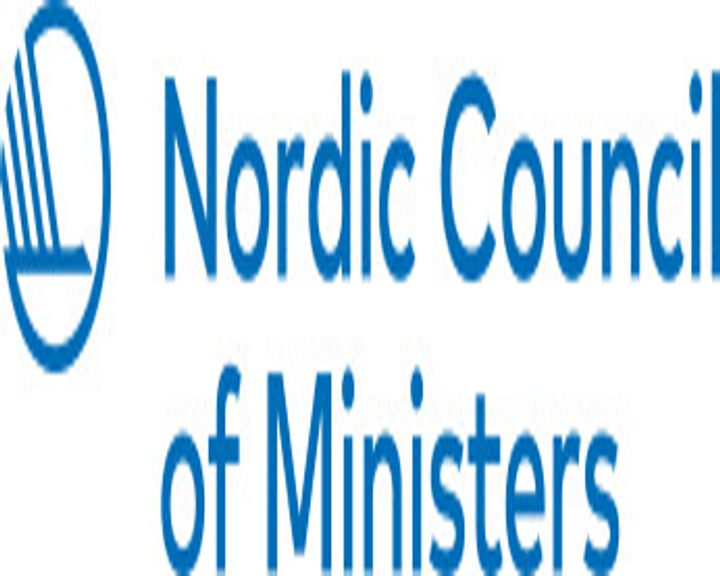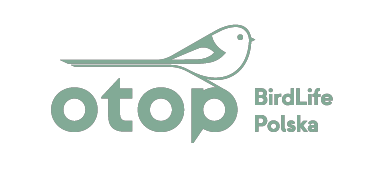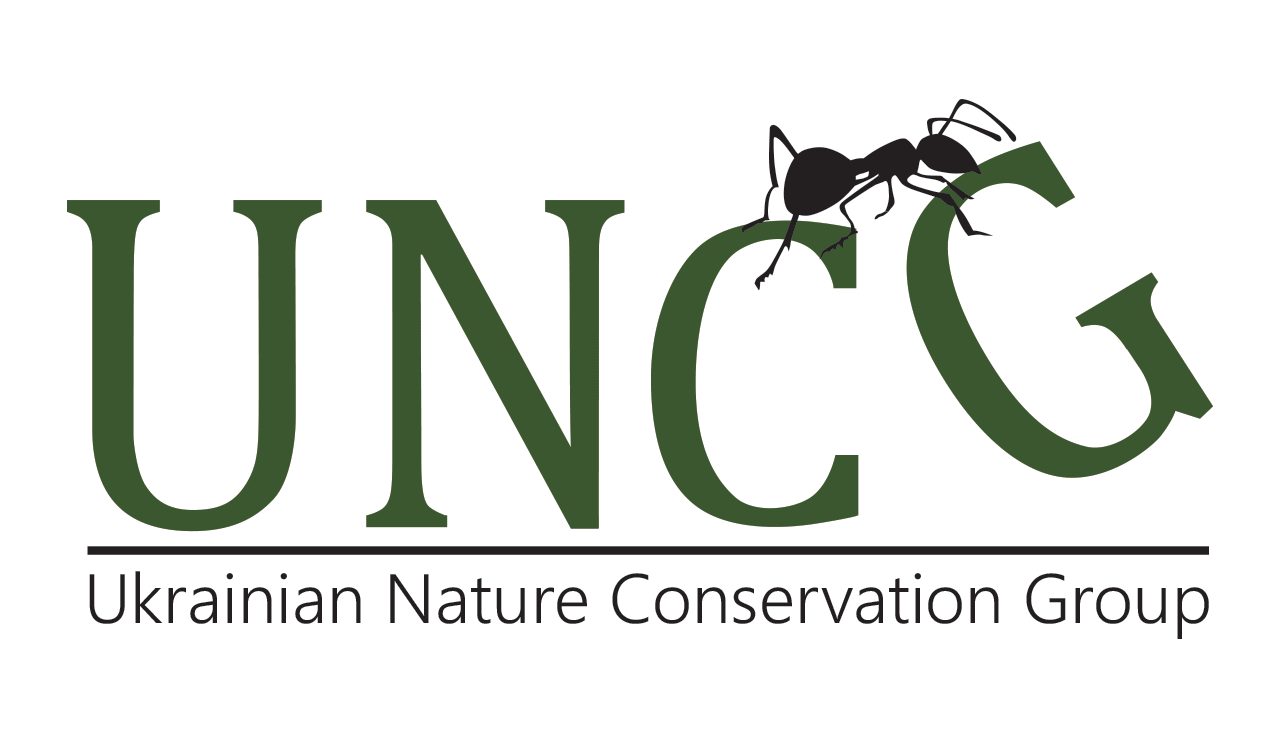
OTOP’s private protected area Szorce - short description
OTOP’s private protected area Szorce is located near Biebrza National Park. Historically used for mowing and hay harvesting, the area has faced overgrowth issues since the 1980s. Key conservation efforts focus on preserving habitats for species like the aquatic warbler, common snipe, and rare orchids through mowing and biomass harvesting to prevent further habitat loss.
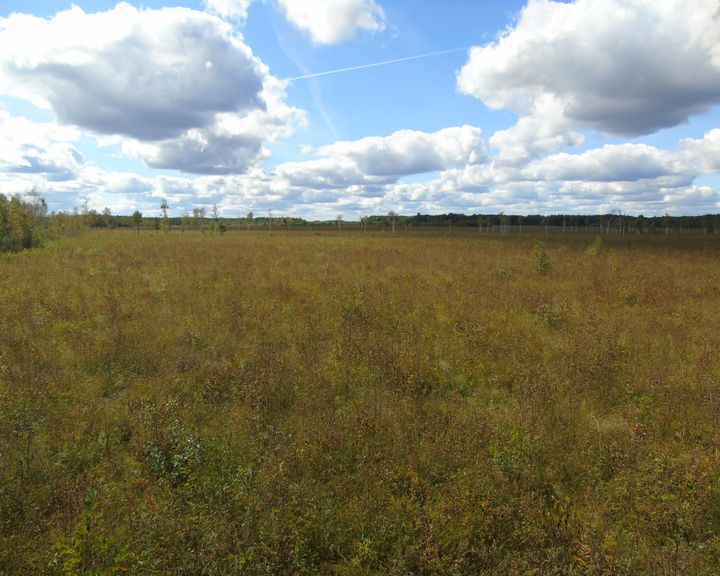
1980

2005
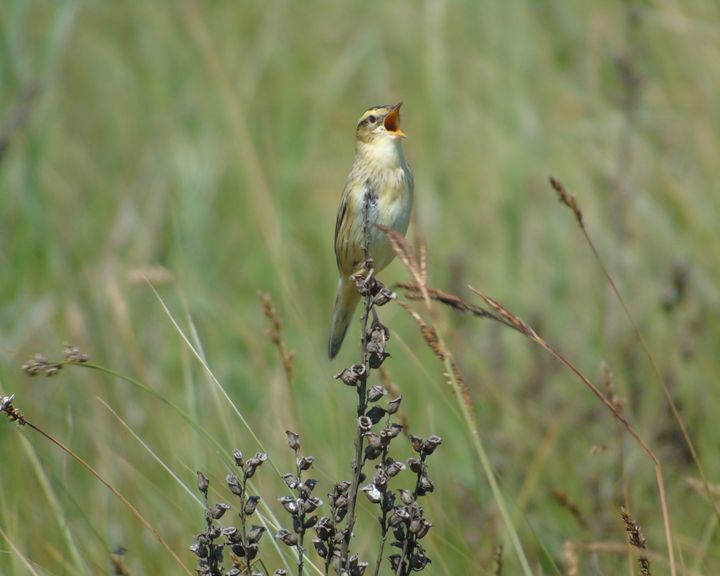
2025
History of OTOP’s private protected area Szorce
Used agriculturally for centuries, basically only by mowing and hay harvesting, the area was never drained. In the late 1980s and early 1990s, due to the devouring of farming, the area gradually became overgrown. The area of the reserve is 110 ha, OTOP BirdLife Poland ownership is 76 ha.
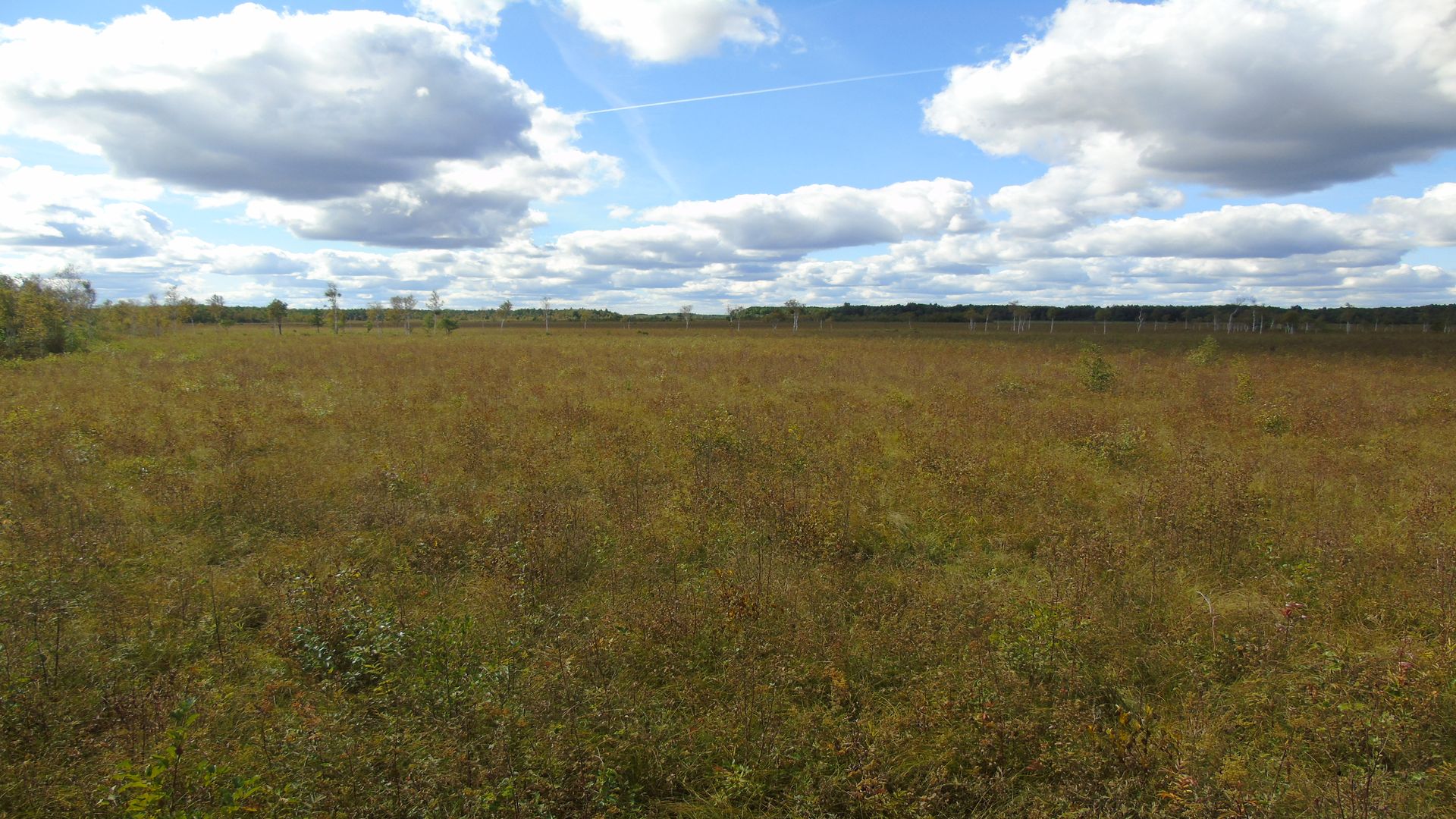
general view, photo credit: Łukasz Mucha
Connectivity
To the north and east, the OTOP’s private protected area Szorcearea is surrounded by alder forests with some pine. To the south, the area is bordered by the Biebrza National Park and an extensive low bog. To the west, the area is bordered by an asphalt road on an embankment behind which lies a low peat bog and the Biebrza National Park.

Photo credit: Łukasz Mucha
Characteristics
The site has little topographic variation, has not been crossed by drainage ditches and has no internal paved access roads. Ownership of the site: the majority of the site is owned by OTOP BirdLife Poland, a few percent of the site is owned by the Knyszyn Forestry Commission and a small portion is owned by private owners.

photo by Łukasz Mucha
Problem, threats
Until recently, the biggest problem has been the overgrowth of burned plots, resulting in the abandonment of habitats by rare species. Now that OTOP BirdLife Poland is using the land the biggest problem is the worsening drought.

photo by Łukasz Mucha
Species
A species of particular note is the aquatic warbler (Acrocephalus paludicola), which can number up to 20 vocalising males on this small stretch of land. There are also common snipe, black-tailed godwitt, redshank, lapwing. Of the plants, there is themoor-king lousewort Pedicularis sceptrum-carolinum and orchids, including the Liparis loeselii. Of the mammals, one can meet the species typical for Biebrza National Park: moose, roe deer, deer, wolves, foxes, racoons, wild boars.

The reserve's marshes and wet meadows provide habitat for many rare bird species, including the Aquatic Warbler and breeding waders of wet grasslands. Pictured here is an Aquatic Warbler (Acrocephalus paludicola). Photo: Łukasz Mucha
Restoration action
Since 2005, OTOP BirdLife Poland has purchased most of the land in the area and carries out extensive agricultural use, consisting of mowing and biomass harvesting. These measures are intended to prevent overgrowth of plots and loss of valuable open habitat.
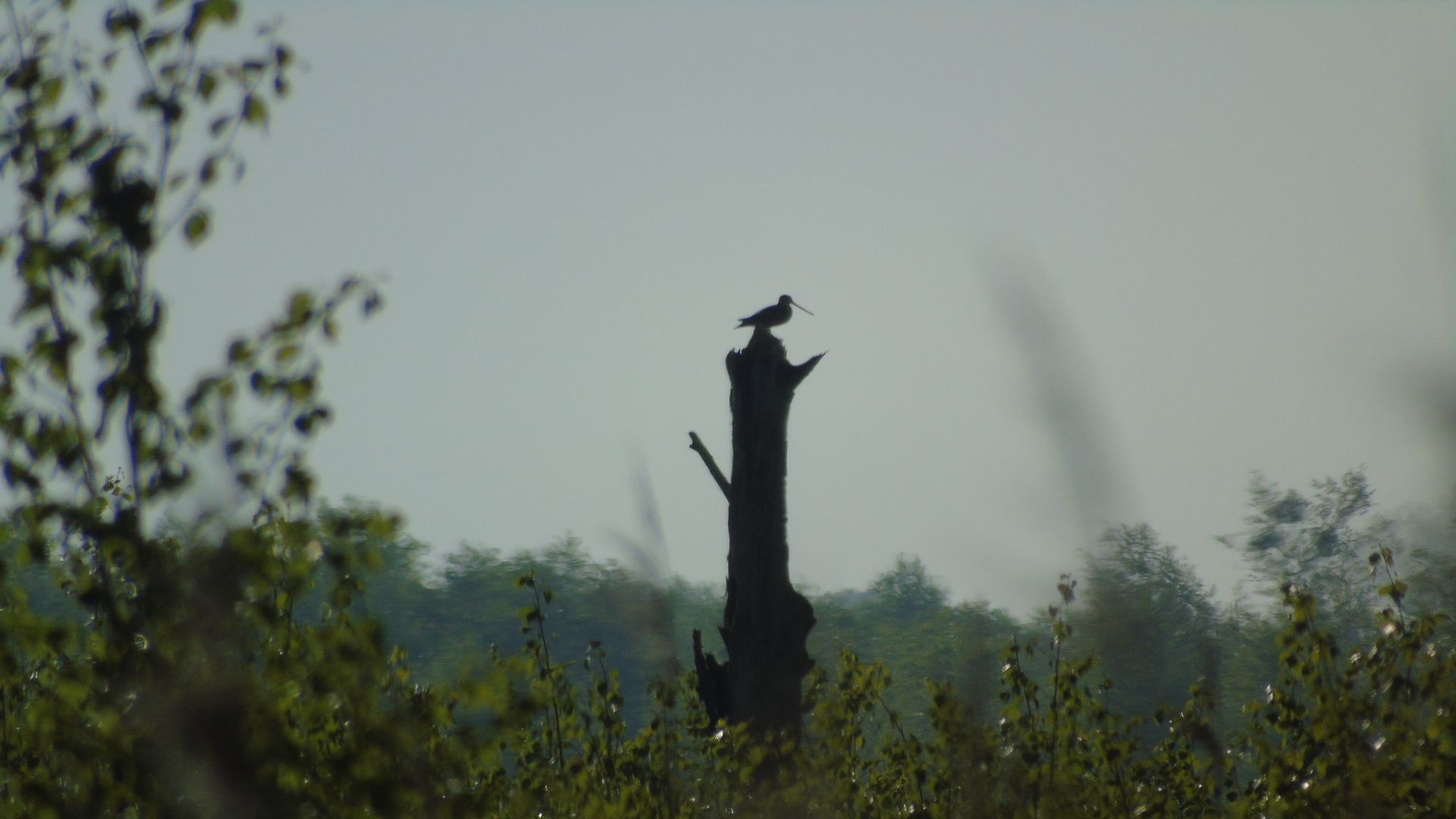
Common snipe, photo by Łukasz Mucha
Monitoring
Aquatic Warbler monitoring, breeding bird monitoring

Common Snipe (Gallinago gallinago) Photo credit: Łukasz Mucha
People
Head of OTOP’s private protected areas in Biebrza Valley
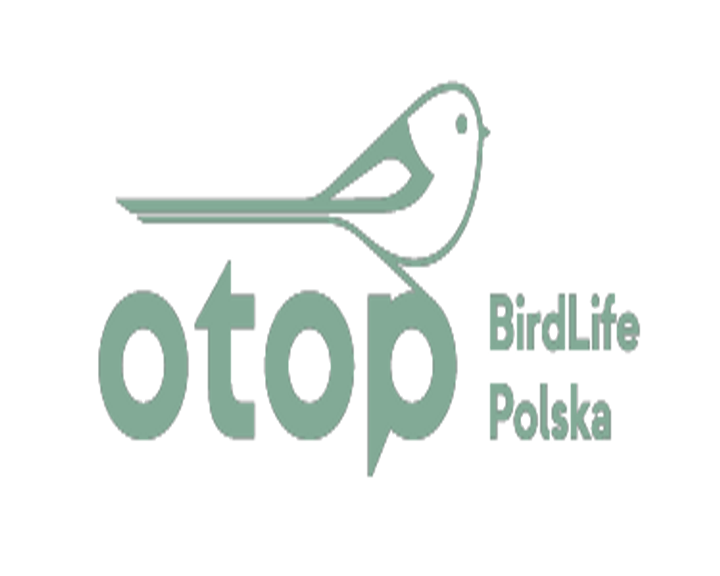
Łukasz Mucha
Home Page
OTOP’s private protected area Szorce encompasses approximately 110 hectares of peat bogs, primarily covered with reeds and forests in early stages of succession. It is an outermost section of the vast Ławki Marsh, located outside the Biebrza National Park and separated from the main bog by a road (the so-called "Tsar's Road") running on a causeway. Access to Szorce is restricted due to the lack of paved roads. You can read about the work carried out by OTOP BirdLife Poland on the reserve's website.
View
Photos from OTOP’s private protected area Szorce
photos by Łukasz Mucha
◀
▶
Partners
Nature-based solutions in open wetlands restoration for biodiversity, water quality improvement and climate mitigation) // 1.10.2024 – 30.09.2025

OTOP BirdLife Poland
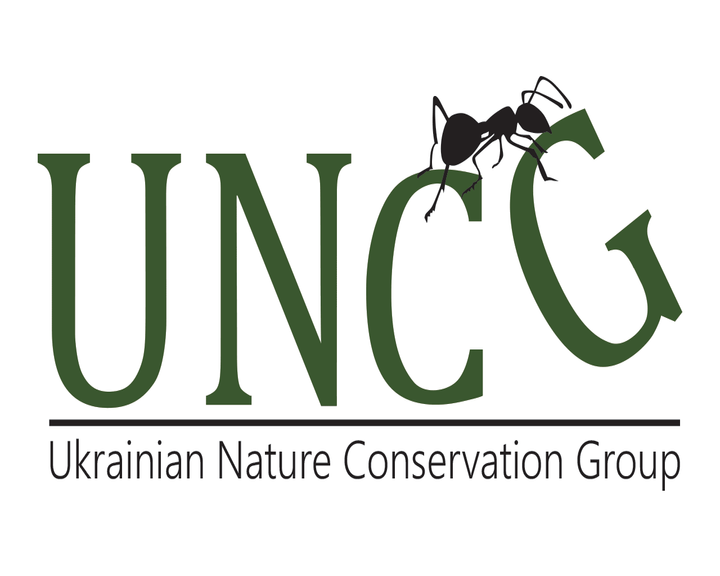
Ukrainian Nature Conservation Group

Snowchange Cooperative
